[Ebook Việt Hóa] New Plant Parent - Darryl Cheng, Chi Spathiphyllum
[Ebook Việt Hoá] New Plant Parent (Darryl Cheng) – Phần 02 – Peace Lily (cây thuộc chi Spathiphyllum)
- Nguồn: [Ebook] New Plant Parent: Develop Your Green Thumb and Care for Your House-Plant Family – Darryl Cheng
- Biên tập: Dũng Cá Xinh (Tháng 01/2022)
- Dịch: Team Codai.net
English
Peace Lily
The peace lily grows in a nice, symmetrical splash of leaves, which makes it an excellent stand-alone plant. At the nursery, peace lilies are grown rapidly and given a shot of gibberellic acid, a natural plant hormone that induces flowering. This is how a grower can have flowering peace lilies ready for purchase year-round. In typical home conditions, however, after the initial blooms die off, you’re likely going to see two or three blooms occurring several months apart.
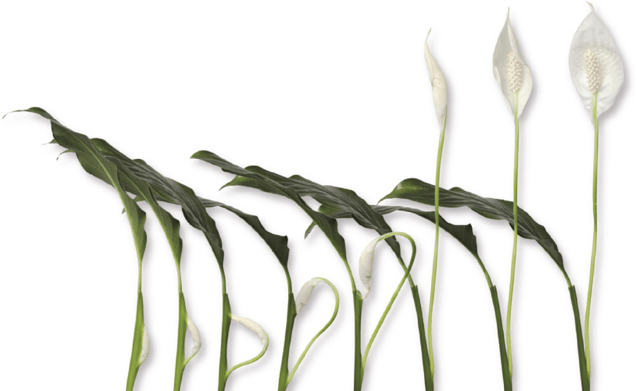
Survival strategy
The peace lily is yet another victim of the phrase “thrives in low light.” If you want the peace lily to have a chance at life, it needs to see daily highs of at least 50 foot-candles. But at this low level, don’t expect much growth. When the soil is mostly dry, peace lilies will wilt dramatically. Only thorough soil drenching will restore the perkiness. Occasionally aerating the soil will help disturb any stale pockets of soil that might otherwise develop, causing root rot.
Growth strategy
Anywhere from 100 to 600 foot-candles will yield good peace-lily growth. Recall that soil moisture usage becomes more rapid with greater light intensity, so when you expose the peace lily to even brighter conditions (800 foot-candles up to full sun), the plant will get to the point of wilting within a few days, at which point you will need to immediately water it thoroughly to prevent permanent damage. So giving the peace lily light in the range of 100–600 foot-candles will balance good growth with comfortable watering frequency.
Subjective life span
Some plant parents may become bored with the peace lily once the initial blooms fade, but for those who understand indirect light and water accord
The development of a peace lily bloom—the entire process takes a few weeks.
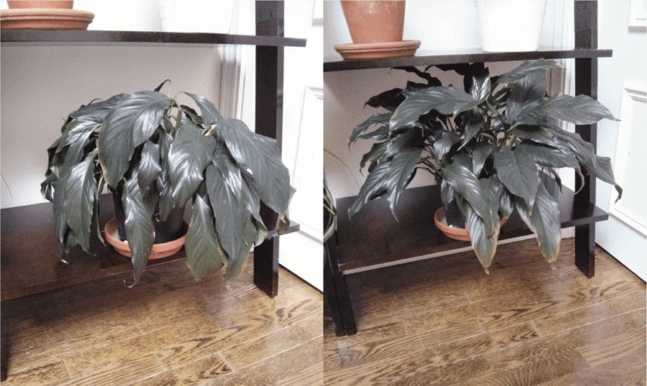
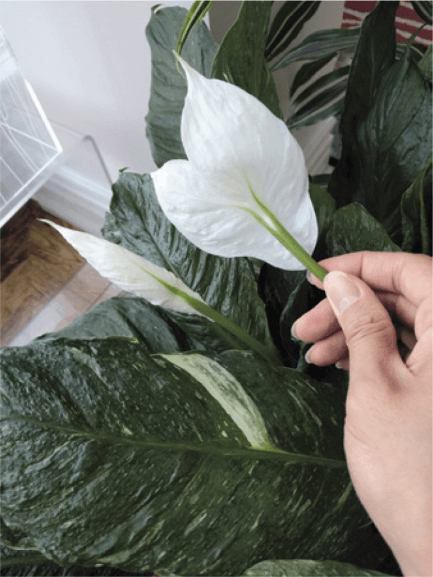
Observations from Peace Lily Parenthood
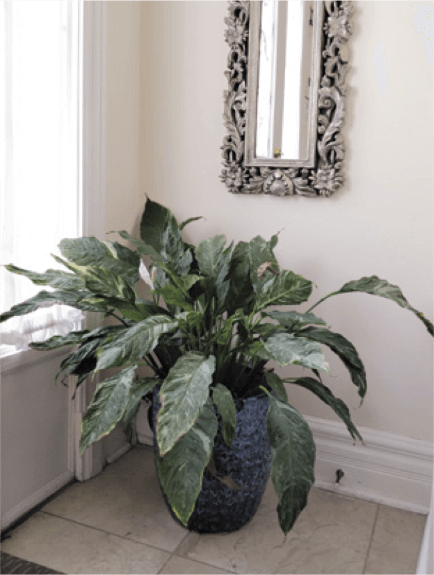
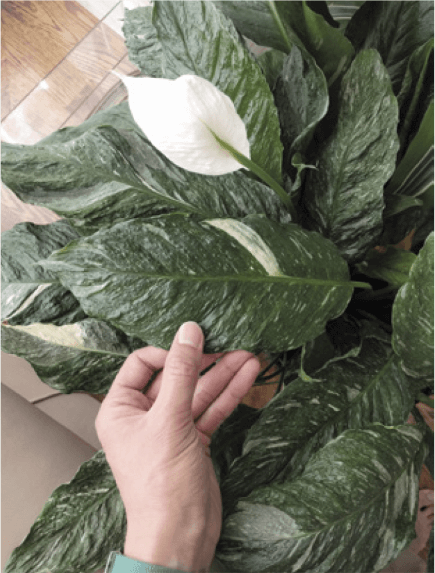
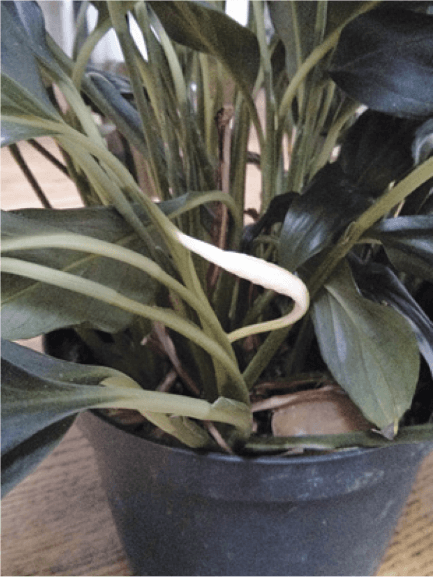
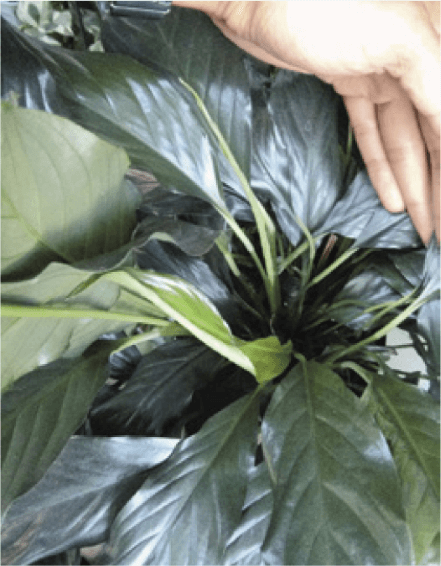
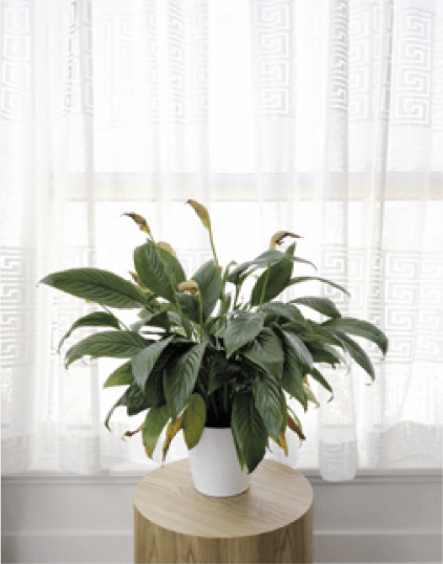
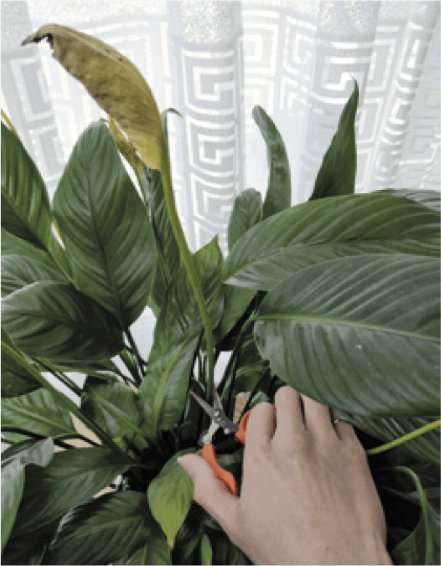
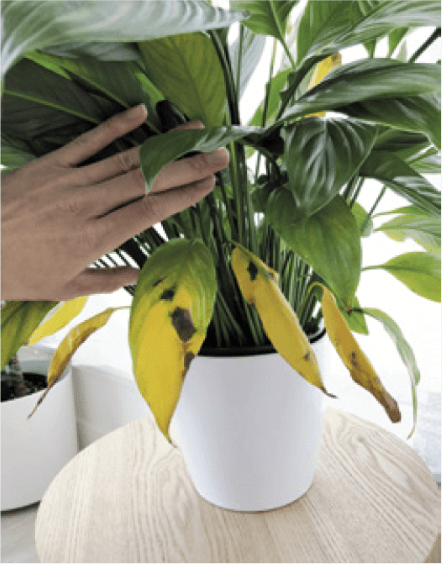
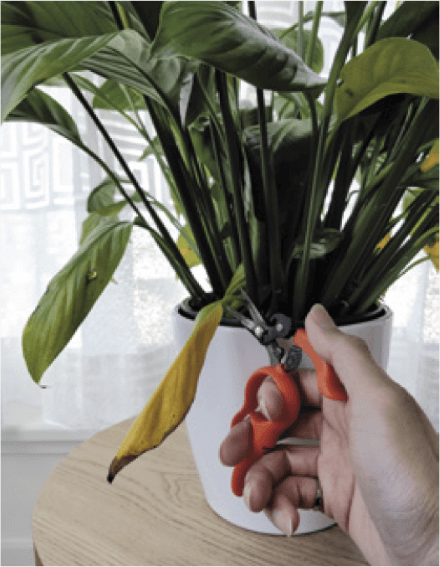
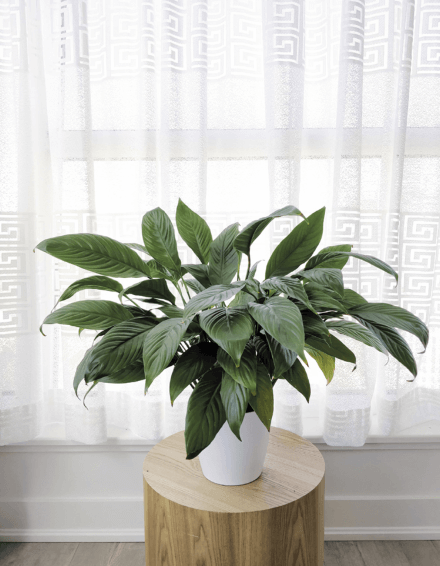
Tiếng Việt
Đang cập nhật
![[Ebook Việt Hoá] New Plant Parent (Darryl Cheng) – Phần 02 – Peace Lily (cây thuộc chi Spathiphyllum) [Ebook Việt Hoá] New Plant Parent (Darryl Cheng) – Phần 02 – Peace Lily (cây thuộc chi Spathiphyllum)](https://vn1.vdrive.vn/codai.net/2021/02/20-peace-lily.jpg)


